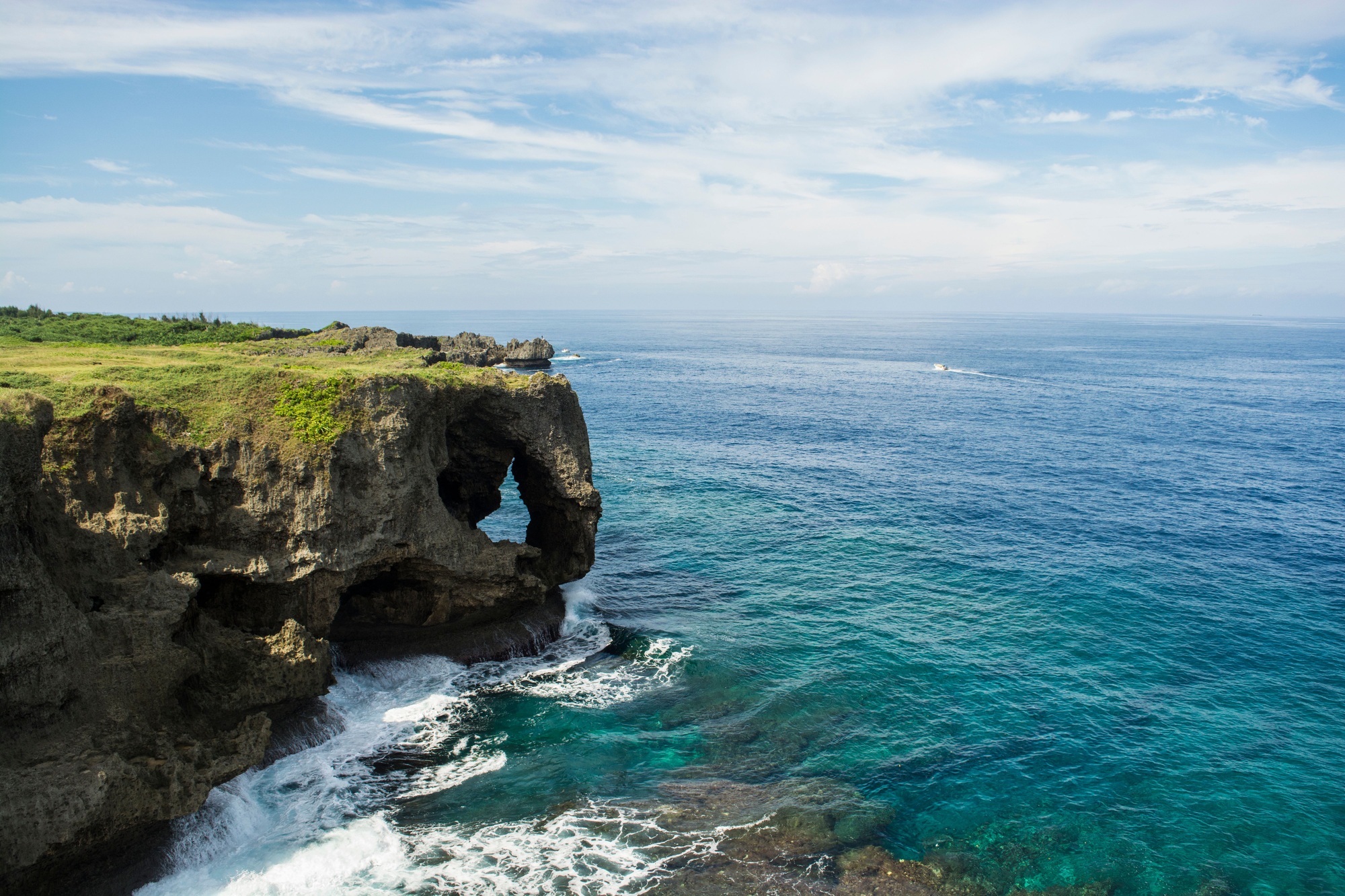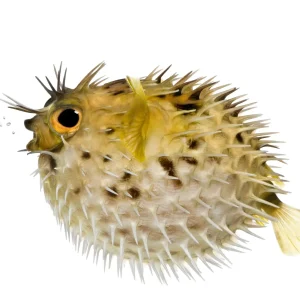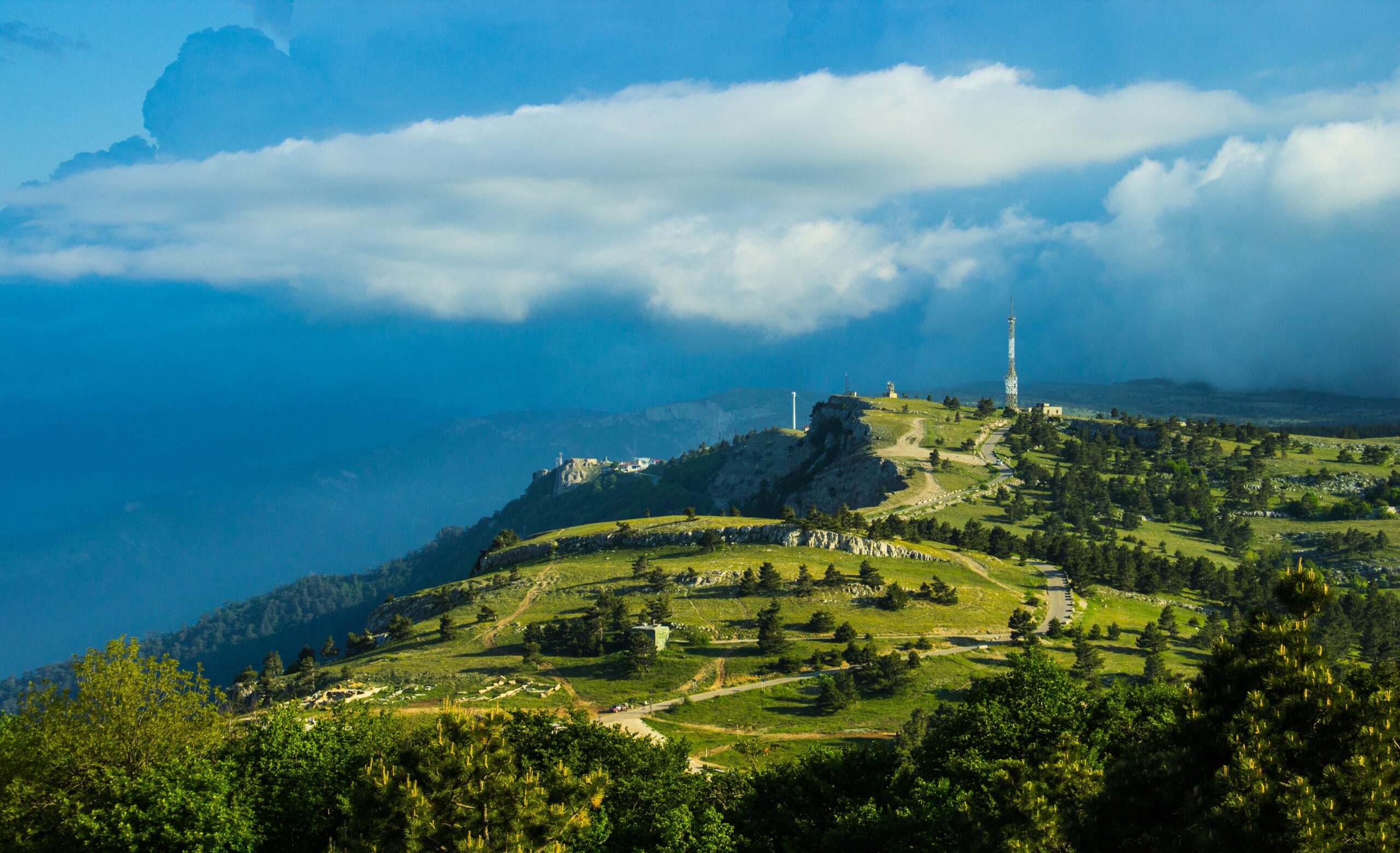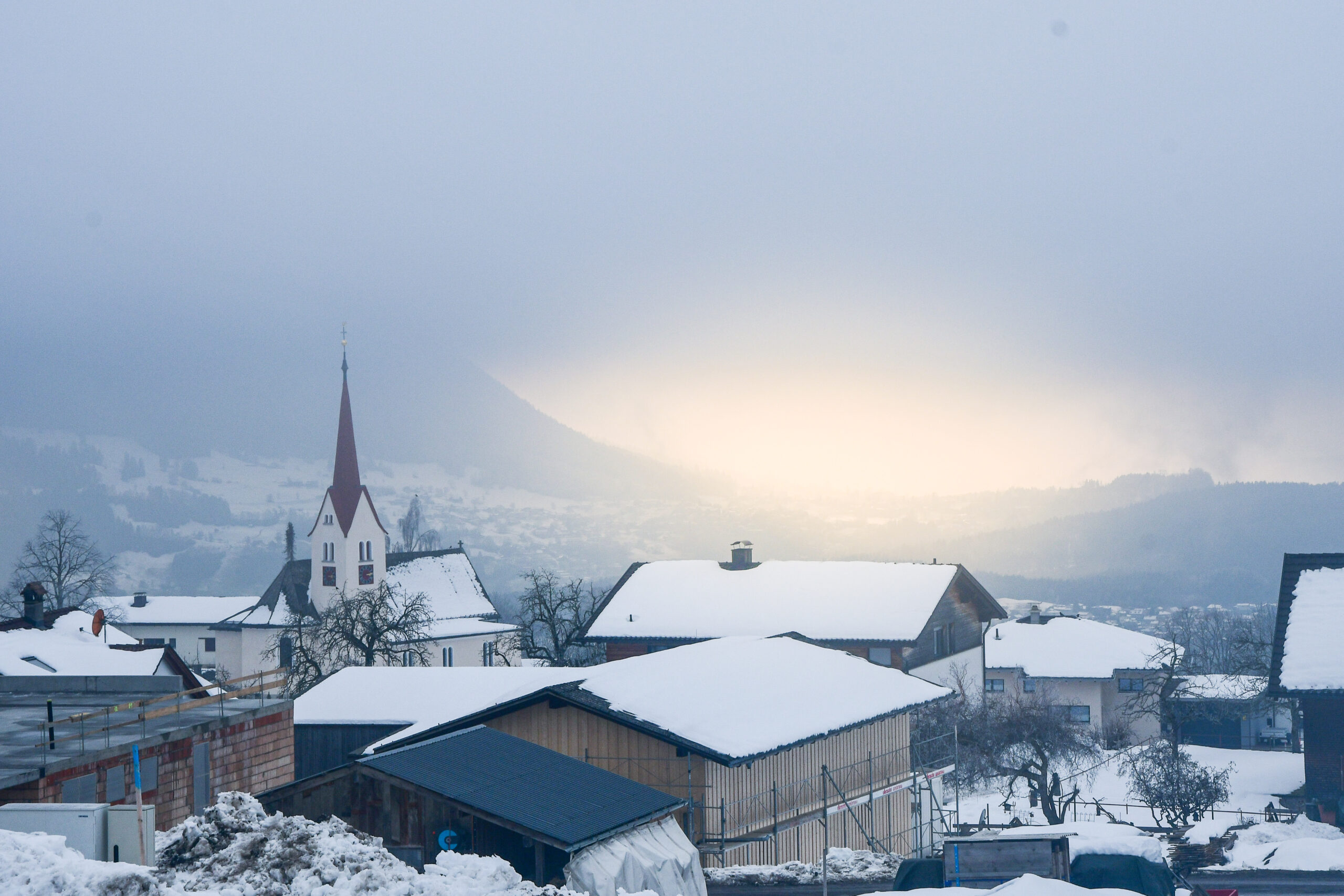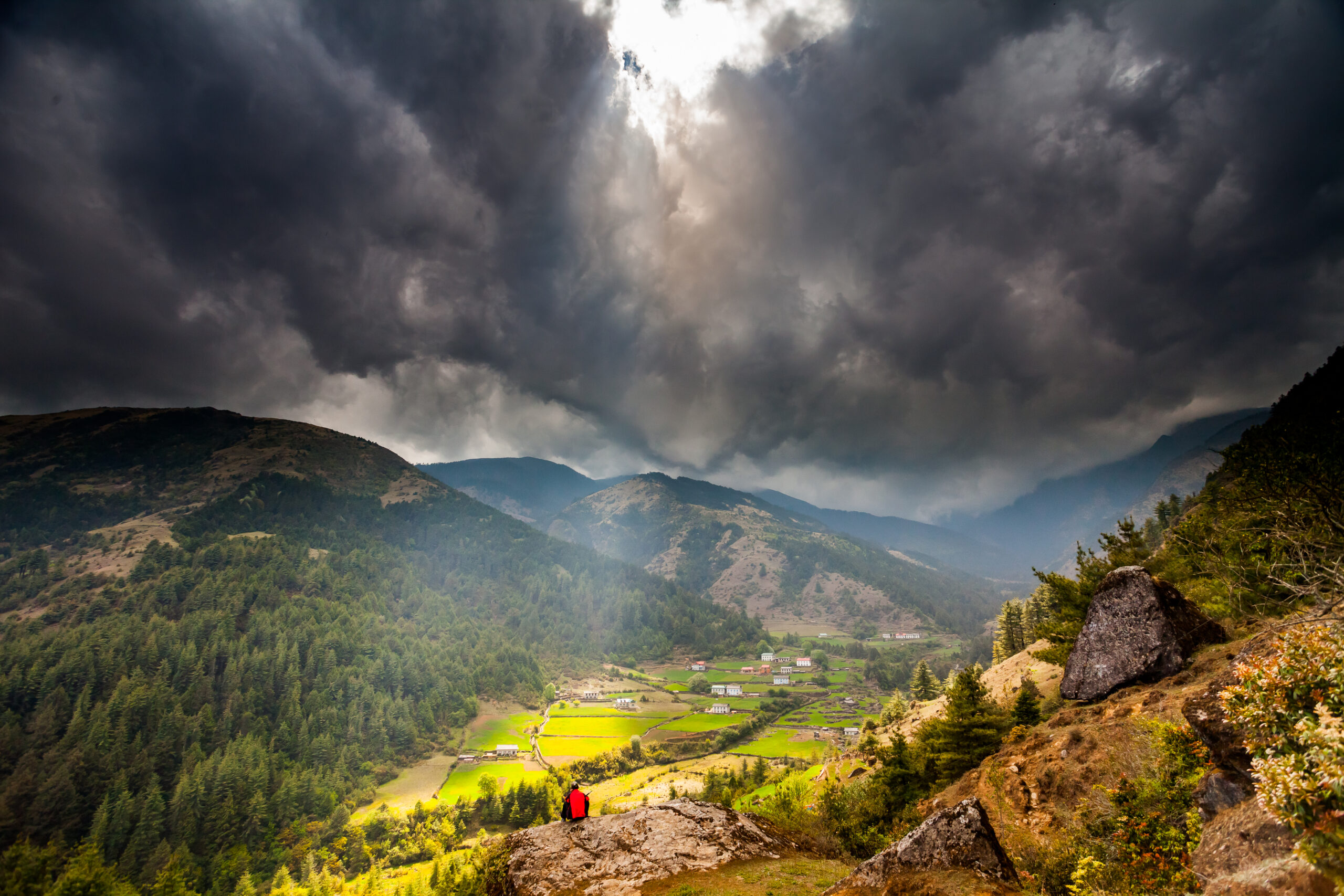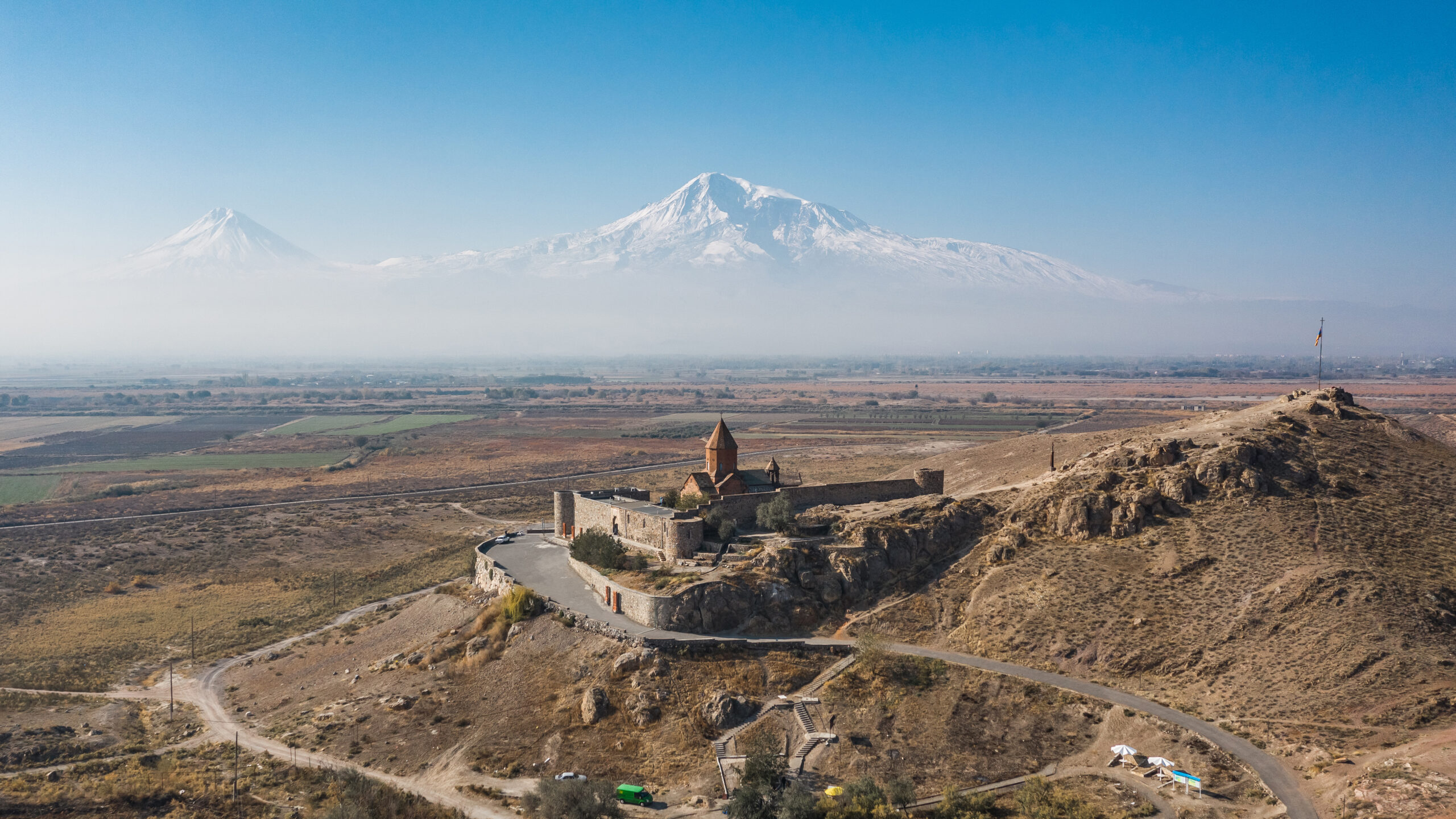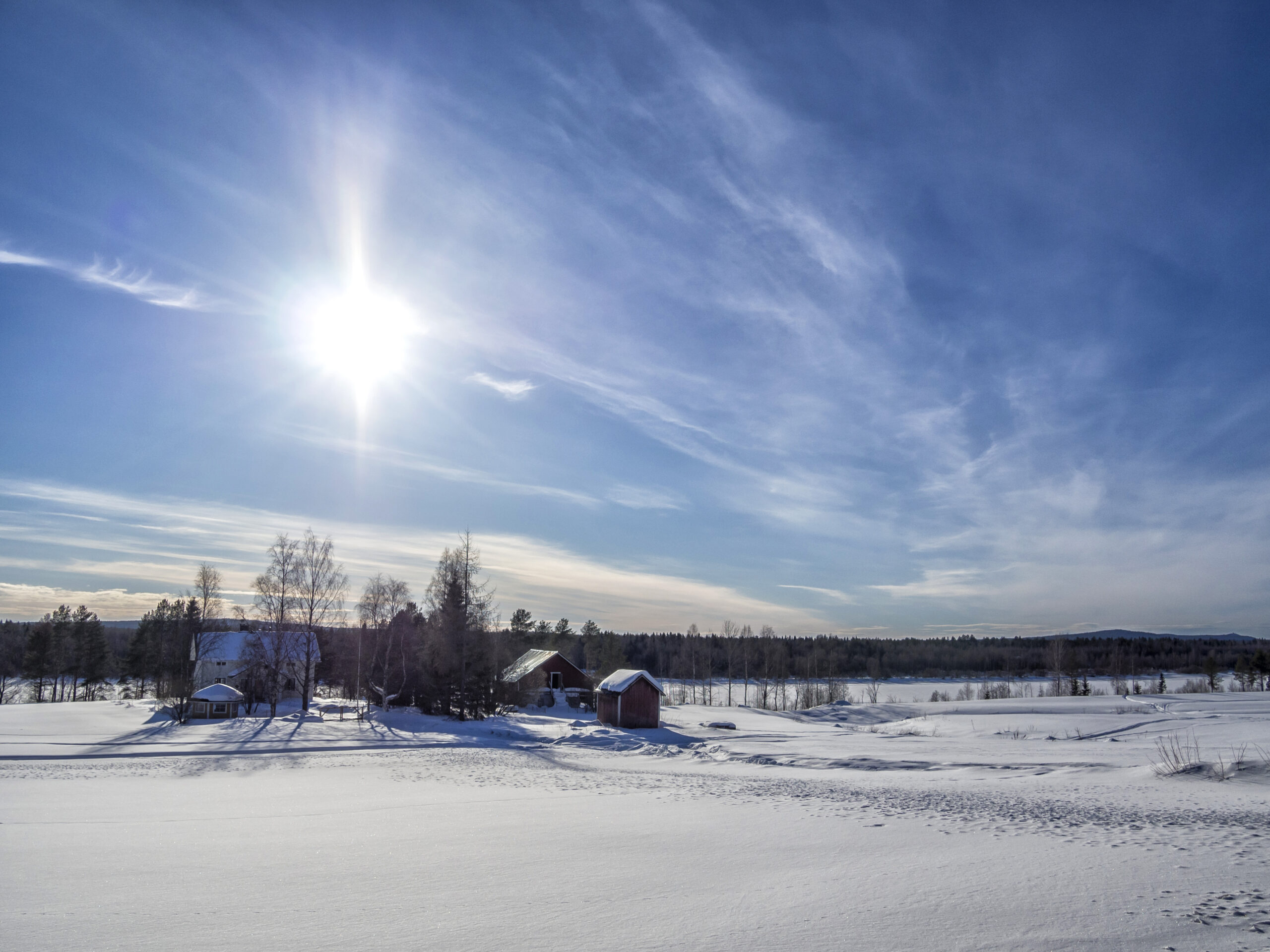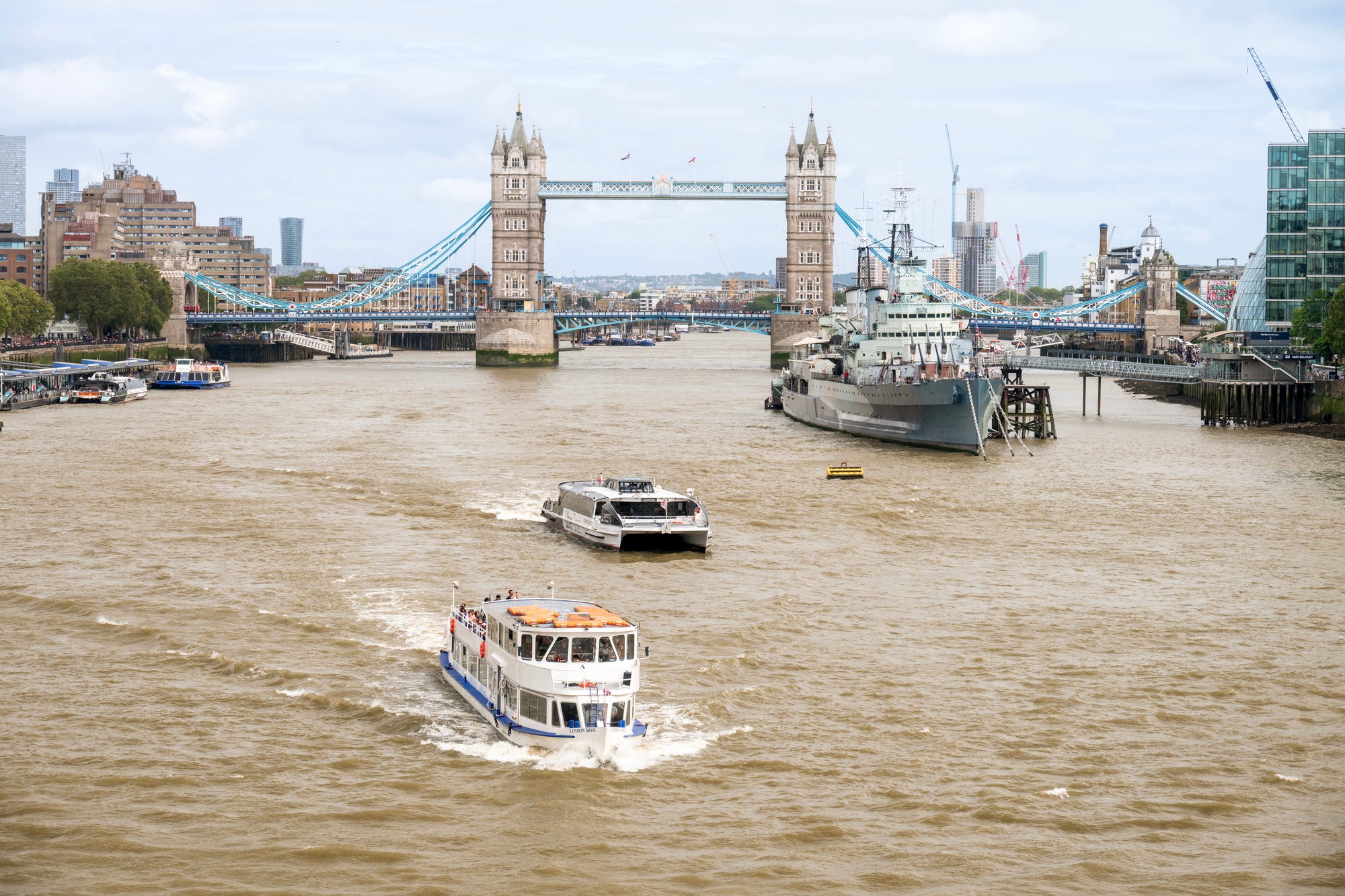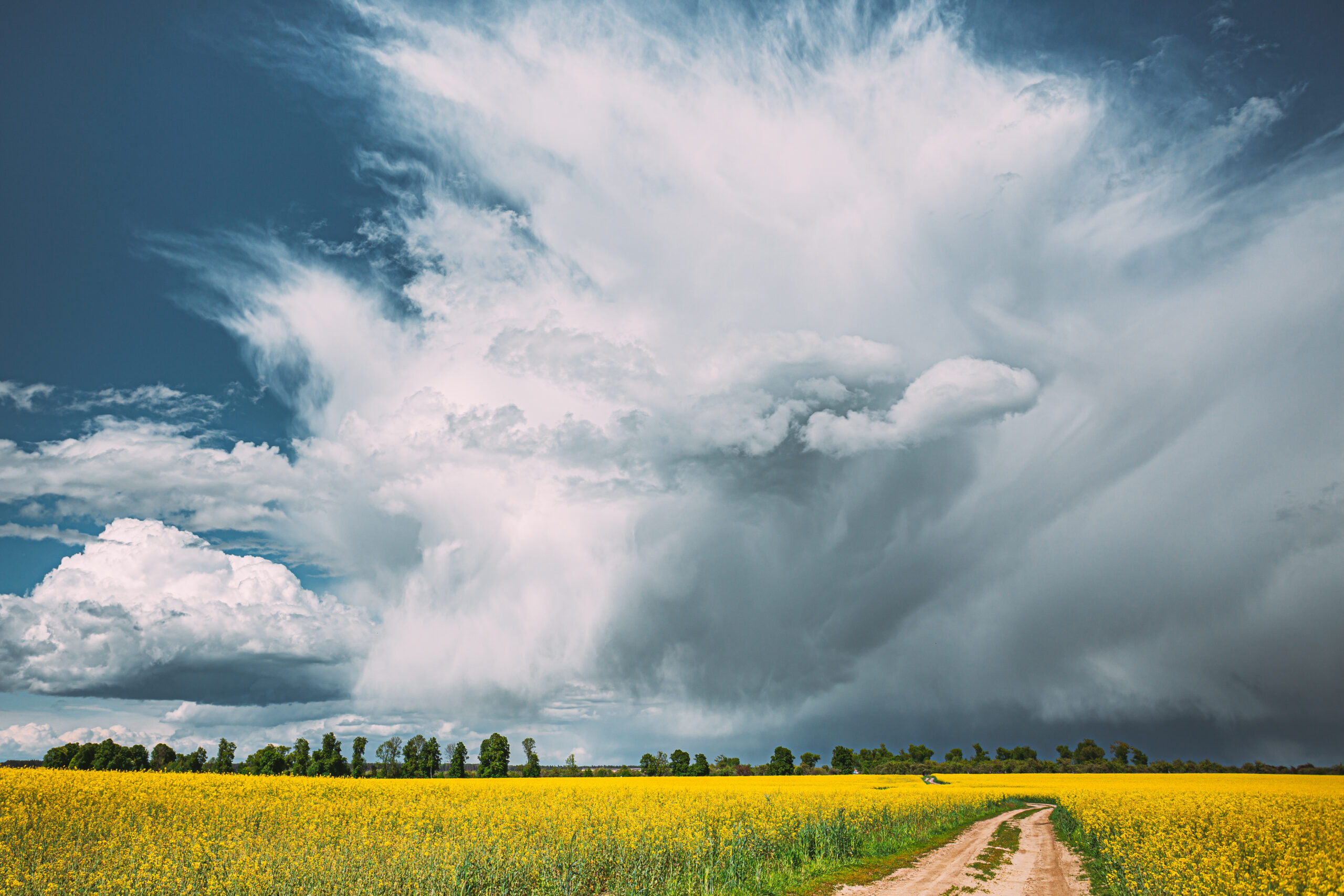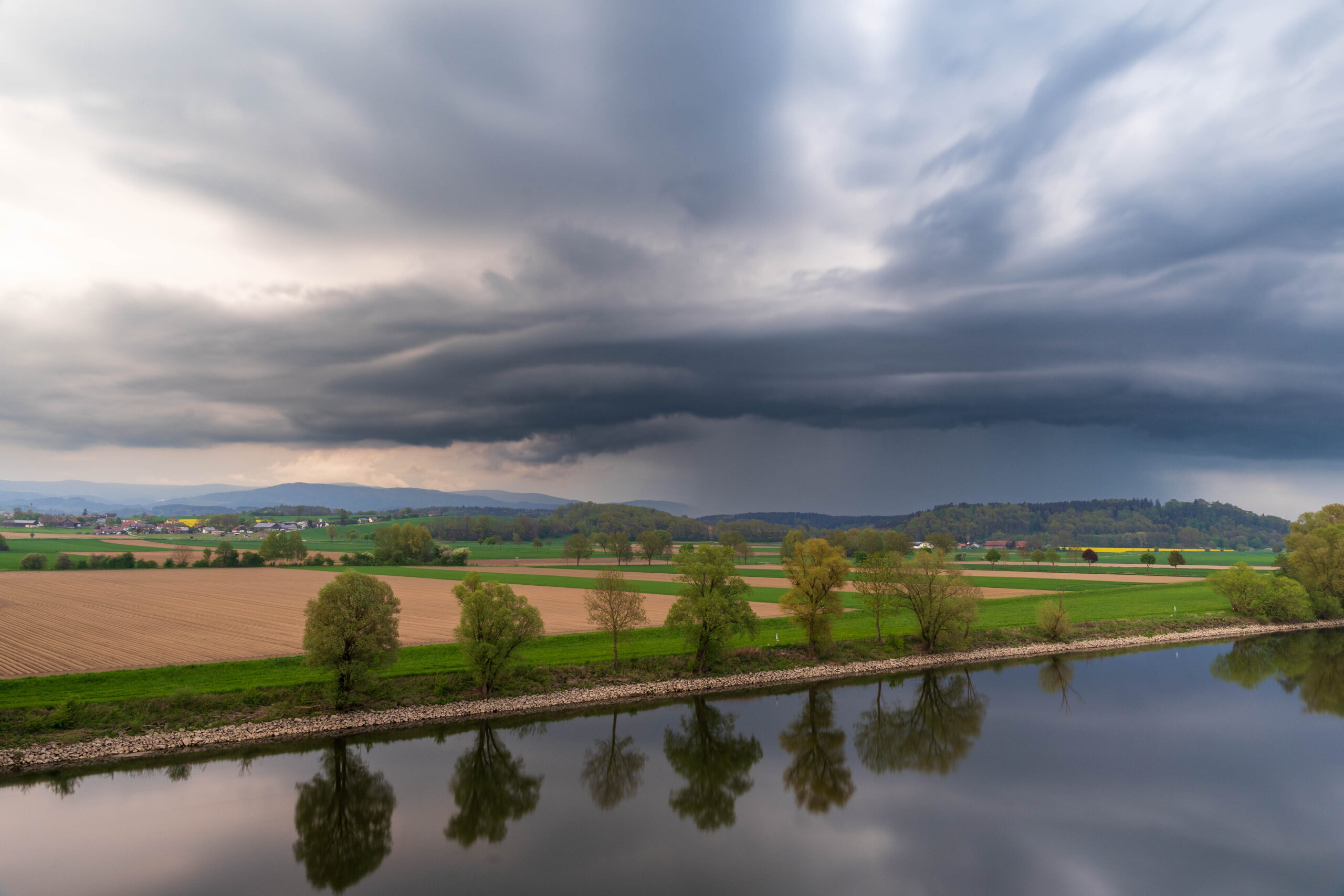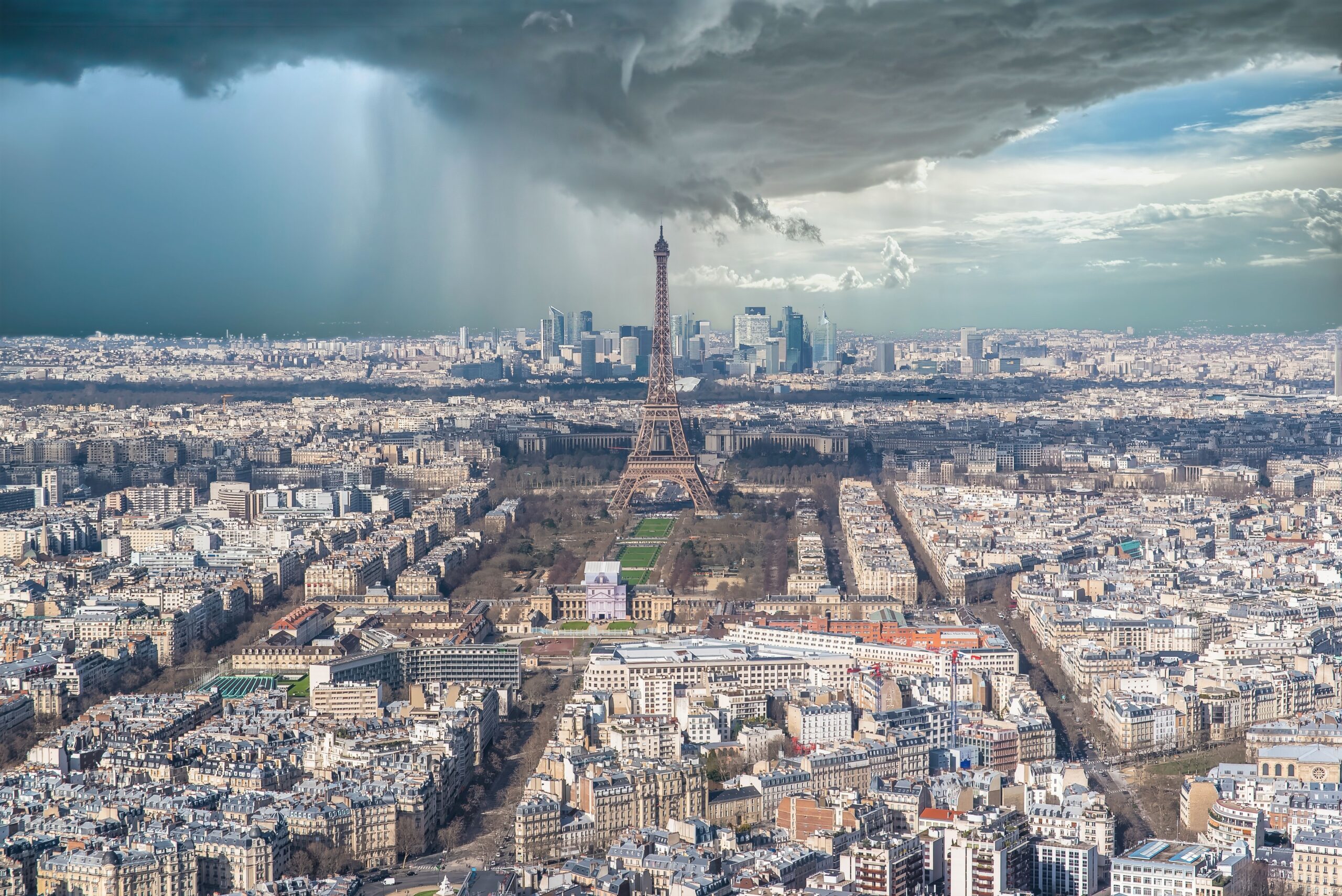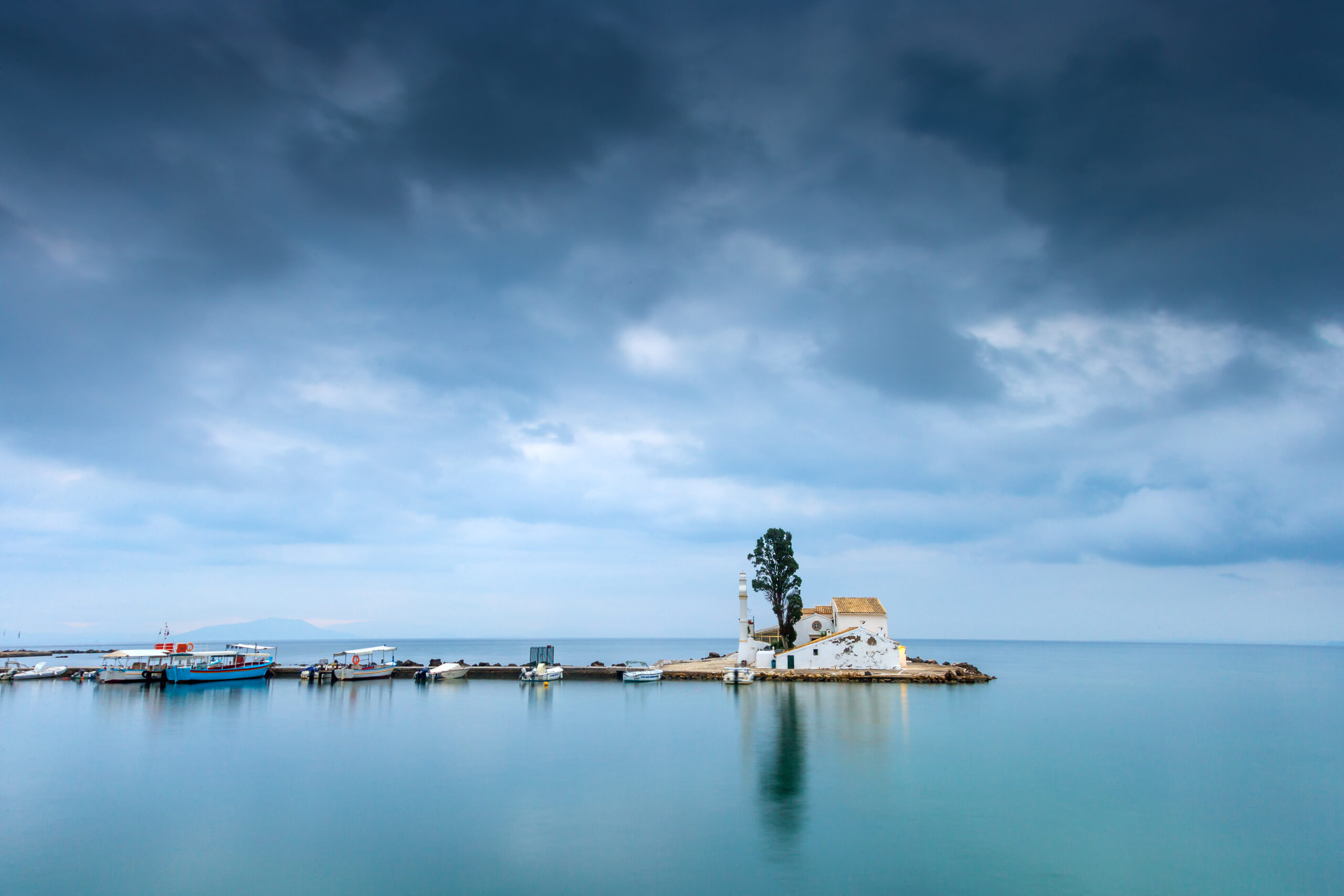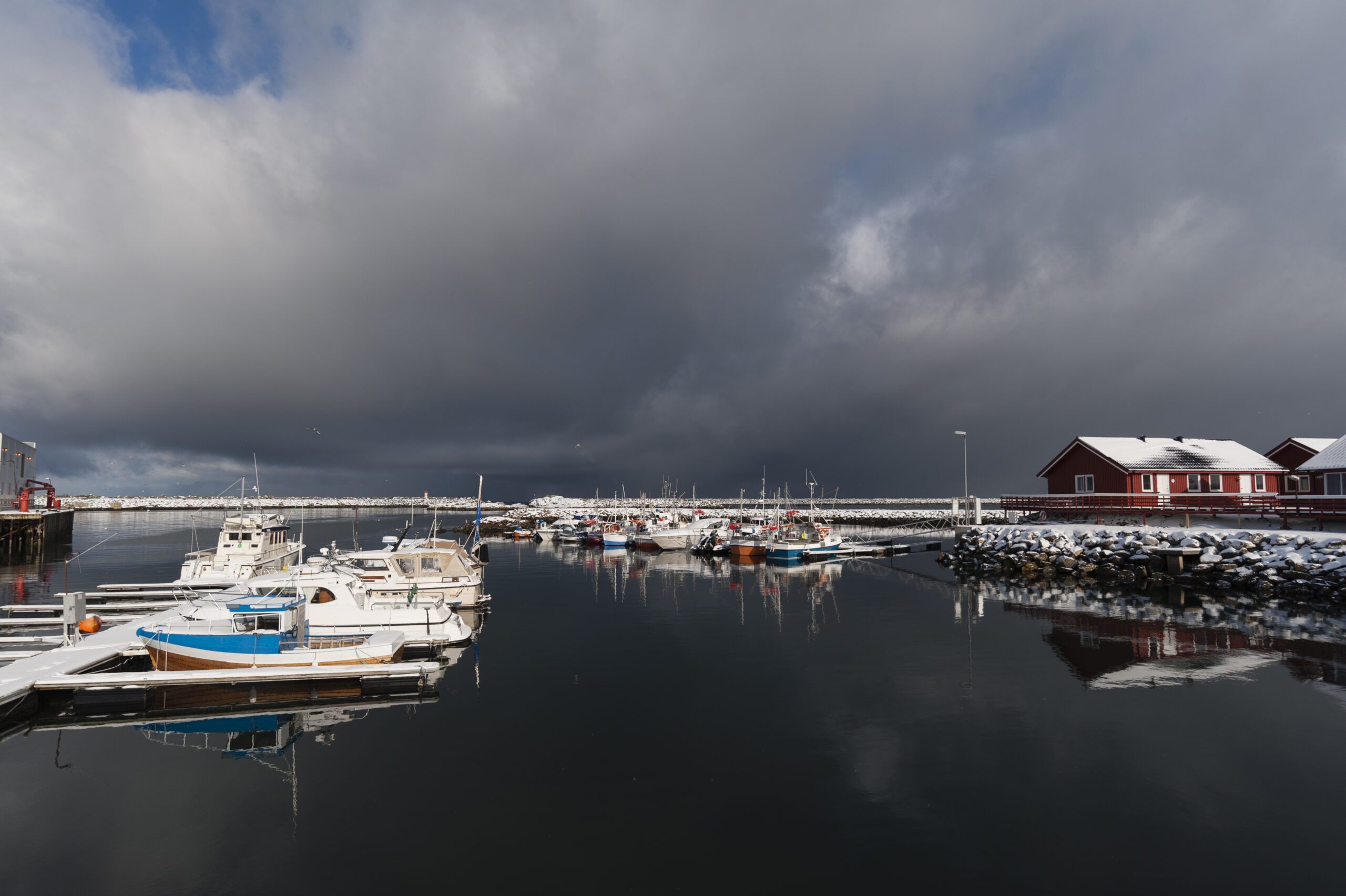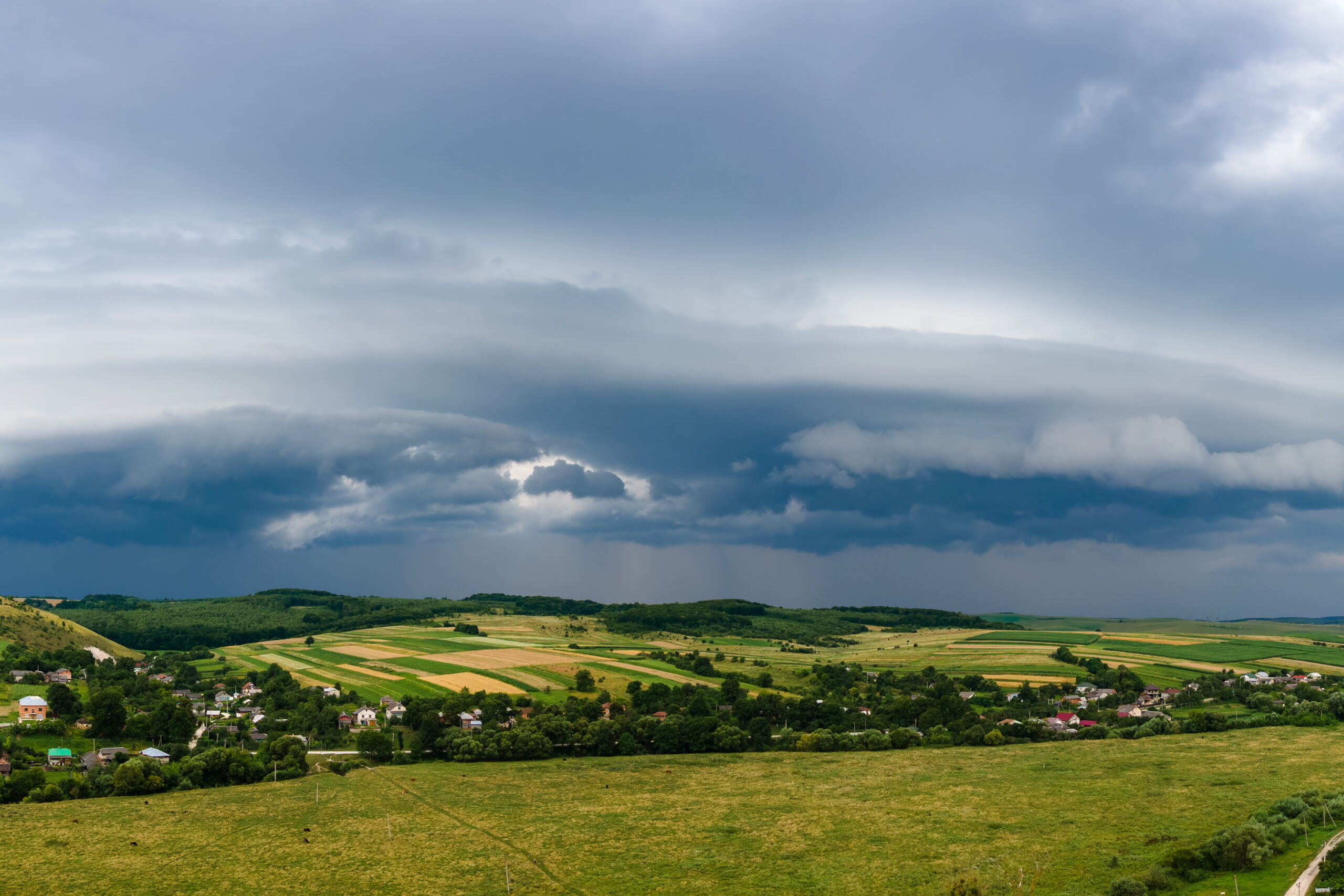- Aries ♈ - November 25, 2025
- Template - November 13, 2025
- Albania Weather Report Free updated Hourly 2025 - September 23, 2025
🇯🇵 Okinawa Prefecture Weather Report – Month-by-Month Overview
🌴 January
Mild and breezy. Naha averages 13 to 19°C. Rainfall is light, and skies are partly cloudy. Ocean winds keep the air fresh. Popular for winter beach walks and subtropical sightseeing.
🌴 February
Still mild. Highs reach 18–20°C, with lows around 14°C. Occasional rain and overcast days. Cherry blossoms bloom early, especially in northern Okinawa. Humidity remains low.
🌧️ March
Spring begins. Temperatures rise to 19–23°C. Rainfall increases slightly. Skies alternate between sun and clouds. Ideal for exploring coastal areas and island hopping.
🌸 April
Warm and blooming. Highs reach 22–26°C. Rain showers are brief. Hibiscus and bougainvillea flourish. Beaches begin to fill with early-season swimmers and snorkelers.
🌼 May
Hot and humid. Temperatures climb to 25–29°C. Rainfall increases as the rainy season approaches. Skies are often cloudy, and humidity rises. Typhoon monitoring begins.
🌦️ June
Rainy season peaks. Highs range from 27–31°C. Heavy showers and thunderstorms are frequent. Humidity is high. Rivers swell, and lush greenery covers the islands.
🌧️ July
Hot and stormy. Temperatures reach 29–33°C. Typhoon season intensifies. Rainfall is heavy but intermittent. Sunshine returns between storms. Festivals begin, and beaches stay busy.
☀️ August
Still hot. Highs remain between 30–34°C. Rain is sporadic. Sunshine dominates most days. Typhoon threats persist. Coral reefs attract divers, and summer events fill the calendar.
🌧️ September
Transition to autumn. Temperatures ease to 28–32°C. Rain returns due to lingering typhoons. Nights grow cooler. Early signs of seasonal change appear in vegetation.
🍂 October
Warm and calmer. Highs drop to 25–29°C. Rainfall decreases. Typhoon season ends. Clear skies and lower humidity make it ideal for travel and outdoor activities.
🌫️ November
Mild and dry. Highs hover around 22–26°C, with lows near 18°C. Rain is infrequent. Winds pick up slightly. Popular for off-season beach visits and cultural festivals.
🌴 December
Cool and breezy. Temperatures range from 17 to 22°C. Rainfall is light. Coastal towns see more clouds than sun. Illuminations and holiday events brighten city streets.

- Temperature
- Precipitation
- Rain Chance
- Wind
- Humidity
- Pressure

